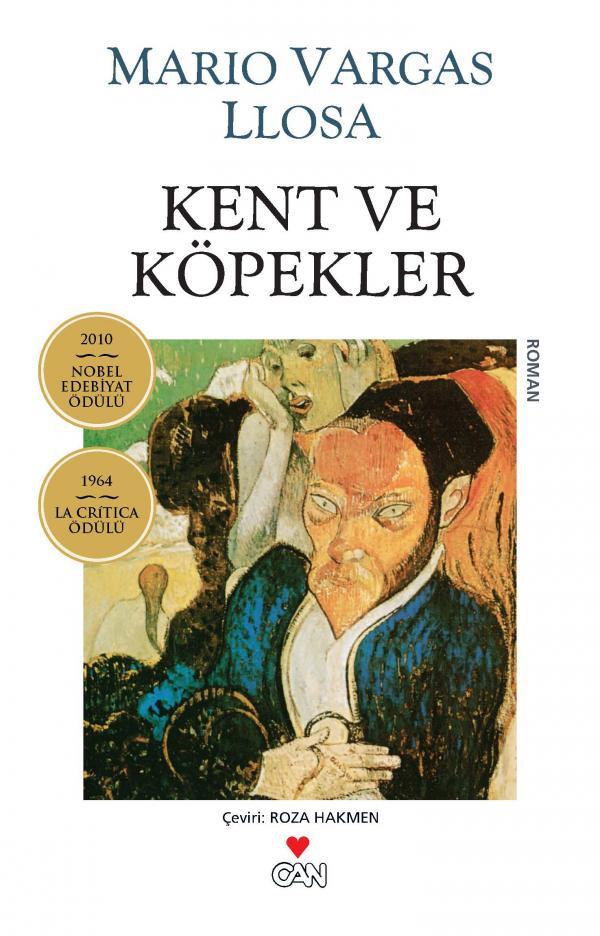What do you think?
Rate this book


448 pages, Paperback
First published January 1, 1962
“Sometimes they think we’re priests,” Huarina said. “One cadet even wanted me to hear confession, he wanted me to give him advice. Believe it or not.”
“Half of them are sent here so they won’t turn out to be gangsters,” Gamboa said. “And the other half, so they won’t turn out to be fairies. It’s their parents’ fault.”
We didn’t see the colonel either but that didn’t matter, I know him by heart, why do you smear on so much hair oil, don’t talk to me about military bearing because I think about the colonel, if he loosens his belt his stomach plops to the ground and what a laugh, that face he puts on. I think the only things he likes are assemblies and parades, look at my boys, how trim they are, oompah, oompah, the circus will now begin, with my trained dogs, my trained fleas, my rope-walking elephants, oompah, oompah.